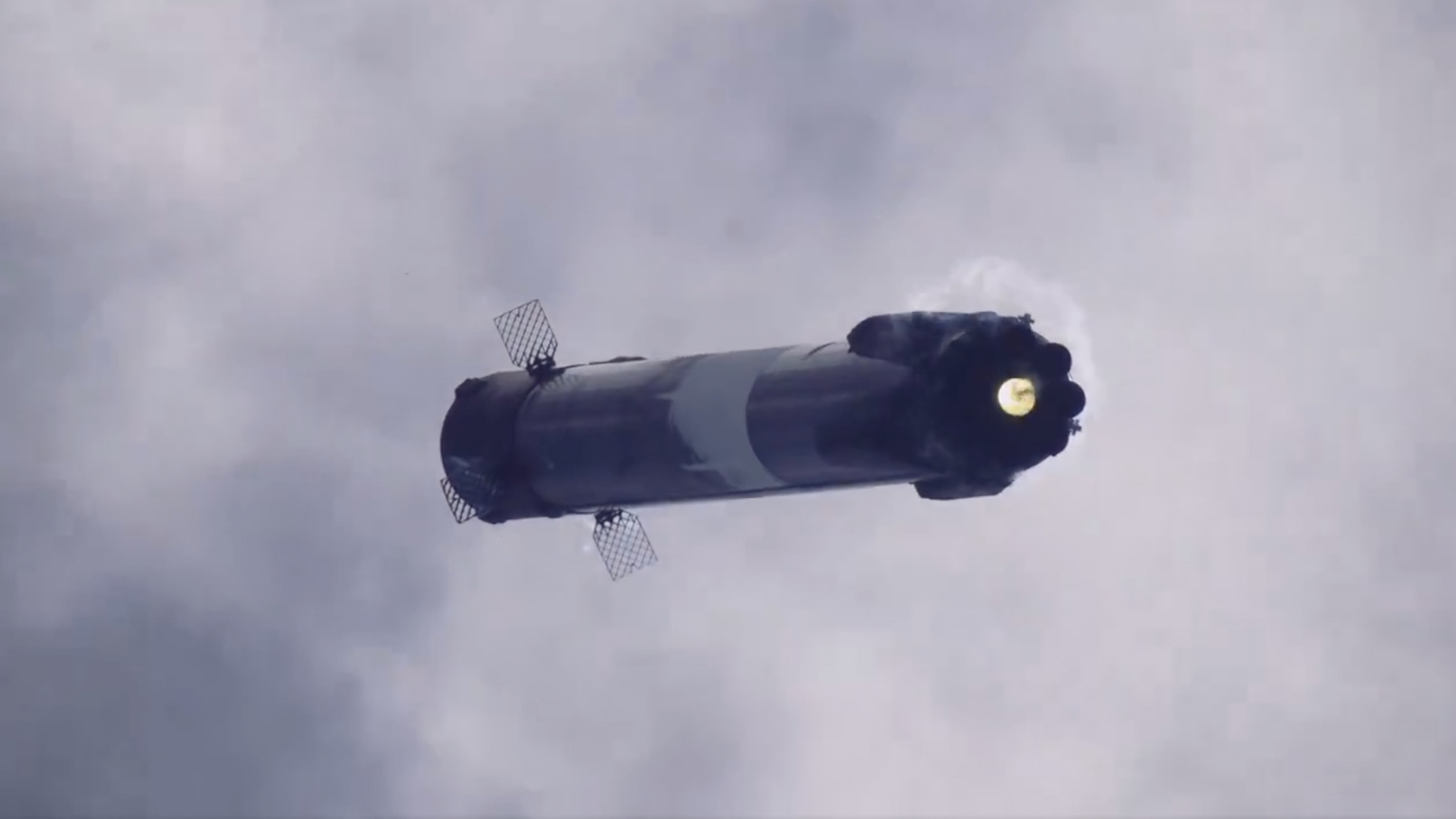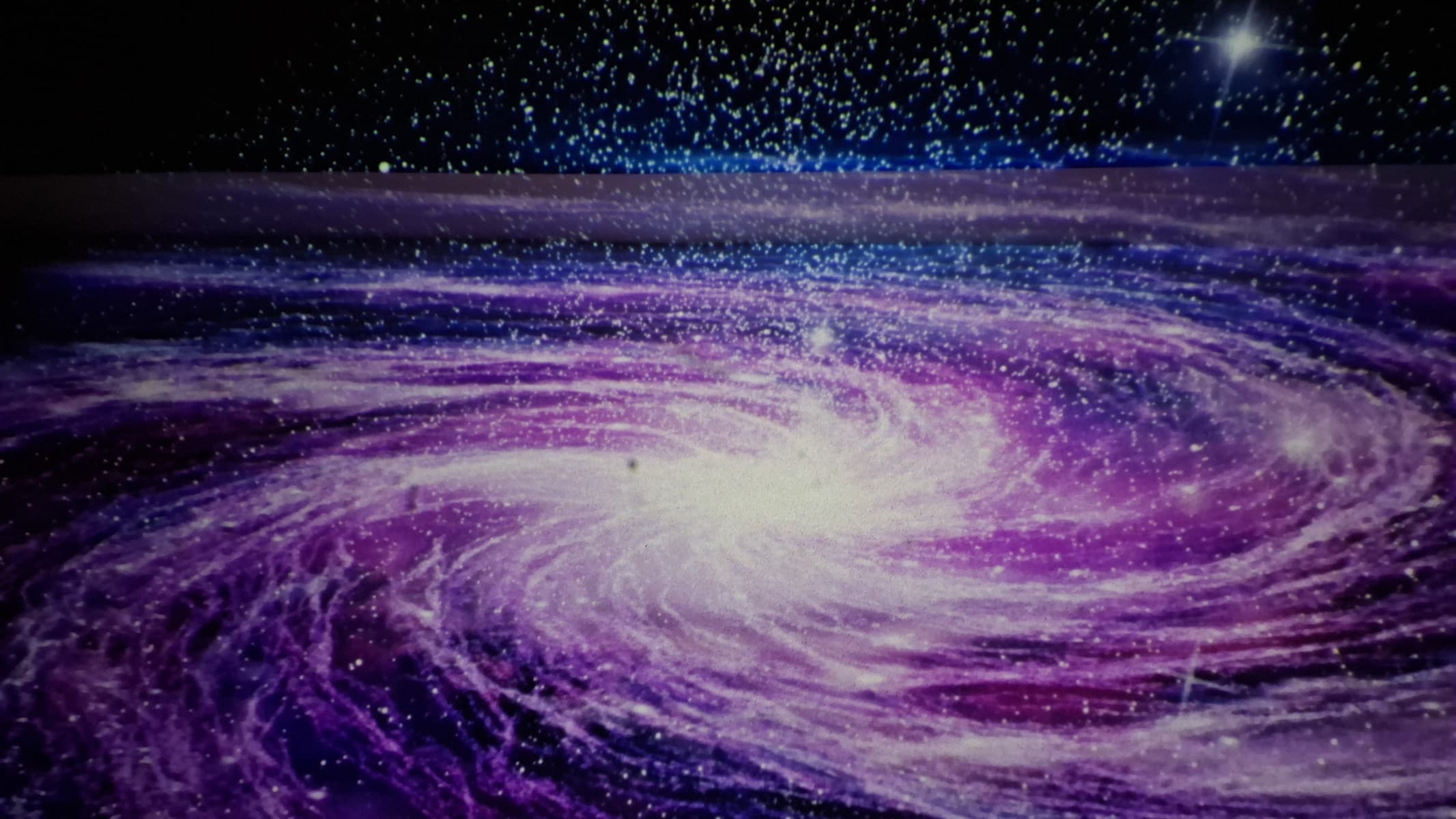Watch SpaceX Falcon 9 rocket generate sonic boom during landing (video)
Rocket landings never get old, as a new video shows.
A SpaceX Falcon 9 rocket launched Northrop Grumman's Cygnus cargo craft toward the International Space Station (ISS) on Sunday (Aug. 4). The rocket's first stage then returned to Earth for a safe landing, which the 37-second video chronicles in great detail, both visual and auditory.
"Tracking footage of Falcon 9's first stage booster landing and sonic boom," SpaceX wrote in a description of the video, which it posted to X on Monday (Aug. 5).
Sonic booms are common occurrences during Falcon 9 first-stage reentries. The sound comes as the boosters decelerate, crossing the sound barrier in the high-to-low-speed direction.
Sunday's mission was the 10th for this particular Falcon 9 first stage, according to SpaceX. That's an impressive reuse tally but far from the company record, which stands at a whopping 22. Overall, SpaceX has landed boosters more than 300 times during Falcon 9 missions.
The Cygnus carried more than 4 tons of food, scientific experiments and other supplies to the ISS on its current mission, which is called NG-21. (It's the 21st trip to the orbiting lab for a Cygnus.)
Unlike the Falcon 9 or SpaceX's Dragon capsule, the Cygnus is designed for one-time use. The freighter will burn up in Earth's atmosphere after it departs from the ISS in January 2025.
Breaking space news, the latest updates on rocket launches, skywatching events and more!

Michael Wall is a Senior Space Writer with Space.com and joined the team in 2010. He primarily covers exoplanets, spaceflight and military space, but has been known to dabble in the space art beat. His book about the search for alien life, "Out There," was published on Nov. 13, 2018. Before becoming a science writer, Michael worked as a herpetologist and wildlife biologist. He has a Ph.D. in evolutionary biology from the University of Sydney, Australia, a bachelor's degree from the University of Arizona, and a graduate certificate in science writing from the University of California, Santa Cruz. To find out what his latest project is, you can follow Michael on Twitter.

